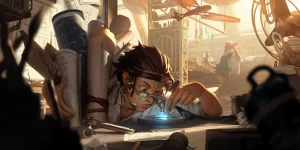Hey everyone, Yangzera here for another bit of strategy! This time we’ll talk about deckbuilding.
Deckbuilding really is an art, as the title suggests, and is different for every card game – while still being pretty similar – and Legends of Runeterra is no exception. Let’s try to dive deeper into this concept that even I personally feel like I haven’t even fully grasped yet.
First off, how do I build a deck?
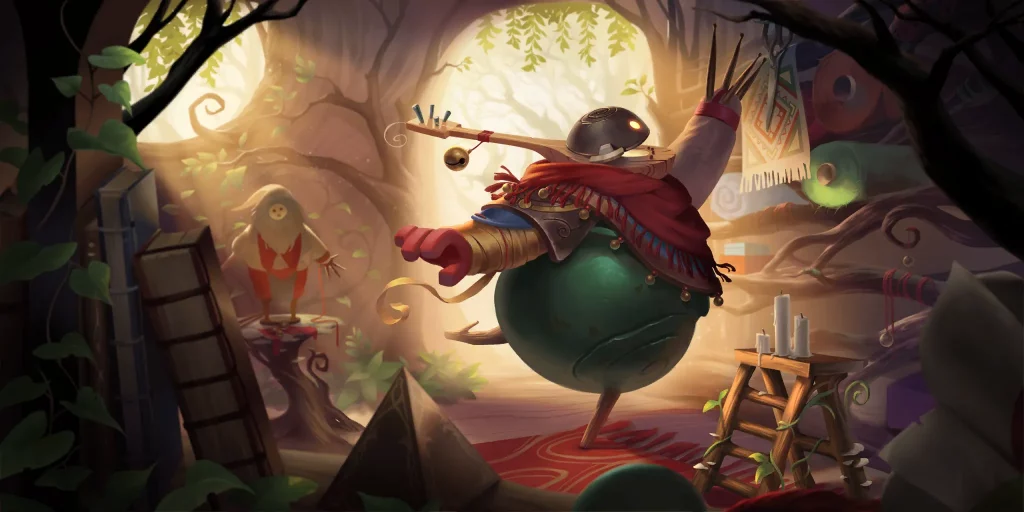
For starters, a deck is built of 40 cards and consists of up to two different regions. As of the Worldwalker set, we have ten Regions and two Runeterran Champions – namely Bard and Jhin
and Jhin – that have special deck-building rules based on their Origins: Bard's The Wandering Caretaker
– that have special deck-building rules based on their Origins: Bard's The Wandering Caretaker can add cards from any region as long as it plants Chime
can add cards from any region as long as it plants Chime s into your deck, and Jhin's The Virtuoso
s into your deck, and Jhin's The Virtuoso can include followers from any region as long as they have Skills. This flexibility comes with a price, and both Jhin and Bard count as one region from the point of view of deckbuilding, so we can say that we have twelve total regions.
can include followers from any region as long as they have Skills. This flexibility comes with a price, and both Jhin and Bard count as one region from the point of view of deckbuilding, so we can say that we have twelve total regions.
Deckbuilding in Legends of Runeterra might sound easy on paper because archetypes are really tied together by region combinations, and you can expect specific gameplay patterns when you see a specific region pairing. Of course there are exceptions - Noxus/Piltover face burn and Caitlyn/Ezreal Tri-beam are good examples of said exceptions, but you can get a general feel of how a deck plays out just by looking at the region combination without even seeing the champions in it.
But there are always nuances in archetypes, and different reasons you add different cards at different ratios to your deck, and we’ll try to dive deeper into those questions.
Apples and Oranges
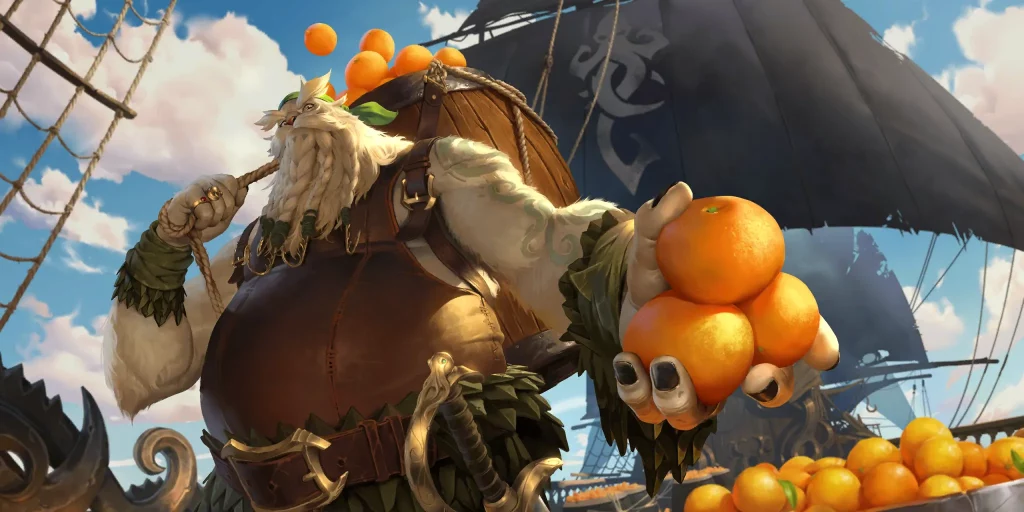
Let’s first compare LoR to other card games in both the mulligan and the deckbuilder.
Yu-gi-oh! as a card game has no mulligan phase: players are dealt a random hand and have to make due with it, not being able to swap cards back into their deck for replacements. Players build their decks with a minimum of 40 and maximum of 60 cards, and you can add up to three copies of any card into your deck.
Hearthstone as a card game has a mulligan phase exactly like LoR: players are dealt a random hand and can individually replace cards they don’t want in their opener for a new card from their deck once. Players build their decks with exactly 30 cards and they can add up to two copies of each card into their decks, or just one copy of Legendary cards. Cards in a deck can be from a neutral pool or from the specific Hero class pool.
In Magic the Gathering, decks usually have 60 cards, and you can add up to four copies; for the mulligan, your starting hand is seven cards, and you cannot mulligan cards individually (if you don't like your hand, you have to discard it whole, and re-draw a full hand again).
Notice the main difference between LoR and Yu-gi-oh! is that there is no mulligan phase in Yu-gi-oh, the main difference between LoR and Hearthstone is that the copy limit for each card is two copies.
Both of these aspects are extremely important considerations when you talk about deck building – amount of copies and mulligan phase.
I’m not very familiar with the competitive side of Yu-Gi-Oh, but most decks are built with 40 cards and lots of three-of cards, with only combo pieces and cards that you don’t want in your opening hand as much being added as two- and one-ofs. My educated guess is that these ratios are used considering there isn’t a mana system, your starting hand has no mulligan, and you want as much consistency as possible (thin deck, more copies of your combo pieces), and best-of-three matches are played with a side deck, and that is where the one- and two-of cards live more freely, and is one of the reasons card draw is so good in Yu-Gi-Oh, how thin you can make your deck really affects how consistent it is at doing what it wants to do.
For Hearthstone, it’s pretty similar. You want most of your cards to be two-ofs, and some cards you only want to see once as one-ofs. With Legendary cards being limited to one copy for each deck, you want as much consistency on your other cards as possible, those being good units, removals, board clears, etc. Very rarely do you see decks in Hearthstone contain one-ofs, aside from Highlander decks that contain Reno Jackson on them, and those are mainly on decks with an odd number of legendary cards. Even big late-game cards can have more copies on them because of how consistent your opening hand can be with a mulligan phase.
Legends of Runeterra has a fine balance between these two games, with you being able to add three copies of each card, and having a mulligan phase that makes your average deck much more consistent at finding the cards you want to see in your opening hand, as well as making it easier to run more copies of cards you don’t want in your opening hand but do want later on, since you can throw them away if you ever see them in your first opening hand.
Additionally, there’s no “going first” penalty, so you’re always mulliganing a four card hand regardless of whether you have the attack token on the first round or not.
With this explanation finally out of the way, let’s talk more about LoR rules specifically.
Spell Mana
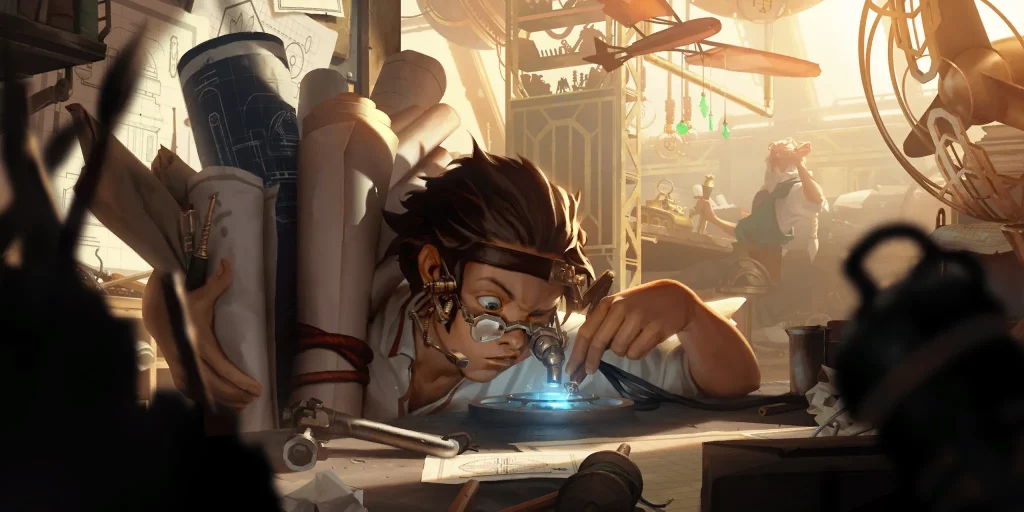
LoR introduced us to the concept of spell mana, which allows a player that doesn’t spend their unit mana to bank it and use those resources later, being able to bank up to three spell mana for every round.
This concept allows us to be a little more flexible in the deck builder, but also comes with some backfire. The thing is, since you can bank mana in rounds one and two, having access to six total mana on round three, you can allow yourself to run a lower amount of early curve cards, since you can bank early round mana anyways, but it requires our deck to have a solid play between rounds one and three, because not impacting the board and falling behind on early tempo too much can be detrimental for any archetype.
To name a few examples of this, we have Caitlyn , Draven
, Draven , Aphelios
, Aphelios , Miss Fortune
, Miss Fortune , Petricite Broadwing
, Petricite Broadwing , Gleaming Lantern
, Gleaming Lantern , Sea Scarab
, Sea Scarab , Zoe
, Zoe . I’ve named a few and we can all agree those are high-impact cards as soon as they hit the board.
. I’ve named a few and we can all agree those are high-impact cards as soon as they hit the board.
Almost every deck has a high impact card they want to play early in the game, and decks that don’t have those cards are decks that instead will try to deal with the opponent’s cards as they come down. Decks like Trundle Tryndamere
Tryndamere Feel The Rush
Feel The Rush are good examples of decks that, while not having big early bombs, have an entire section of the deck tailored to deal with opponent's different early bombs.
are good examples of decks that, while not having big early bombs, have an entire section of the deck tailored to deal with opponent's different early bombs.
Start your deck by defining what is your early bomb
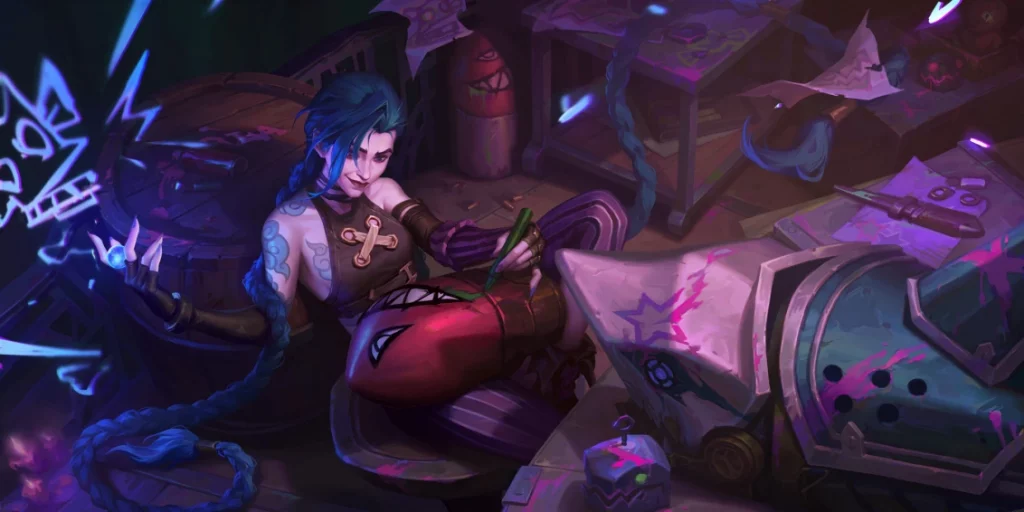
Let’s say you want to make an Aphelios deck.
deck.
Aphelios is the card you’re building around and your early bomb, so you should center your deck around drawing him on curve and making plays off of him.
You start the deck by adding 3x Aphelios and look for cards that will enable Aphelios to be a round-three bomb.
and look for cards that will enable Aphelios to be a round-three bomb.
Lunari Duskbringer is an auto-include, because of how powerful it is, and Zoe
is an auto-include, because of how powerful it is, and Zoe is a consideration, as she is a bomb herself and drawing her on curve can enable Aphelios’ nightfall effect with Supercool Starchart
is a consideration, as she is a bomb herself and drawing her on curve can enable Aphelios’ nightfall effect with Supercool Starchart and the spell mana we'll bank on round two.
and the spell mana we'll bank on round two.
Considering round two is a “bank spell mana” round, you can add other cards that already fit the deck’s theme, like Pale Cascade and Guiding Touch
and Guiding Touch – things are starting to look promising for our build!
– things are starting to look promising for our build!
Now, as much as Aphelios and Zoe are very impactful cards, they are very fragile and can’t win us the game on their own, so we need a few late-game cards.
Targon’s late game is centered around Celestial cards, so it’s nice to add a late-game celestial package – let’s fit Starshaping in to grab us a big late-game bomb like The Great Beyond
in to grab us a big late-game bomb like The Great Beyond or The Destroyer
or The Destroyer .
.
Starshaping can Invoke certain spells that, in order to be played, require you to Behold (they need to "see", in your hand on your board) a Celestial. We have Zoe , but the celestials she generates are low-cost and you might not have them anymore when you reach the late game – or you might not even draw Zoe
, but the celestials she generates are low-cost and you might not have them anymore when you reach the late game – or you might not even draw Zoe at all!
at all!
So, we should add some more reliable way to generate Celestial cards.
Using the theme of “we may not draw Zoe” for Aphelios and Duskbringer, we could add cards that can be played early and generate us celestials too – so why not try the Priestess pair?
Defining a second region
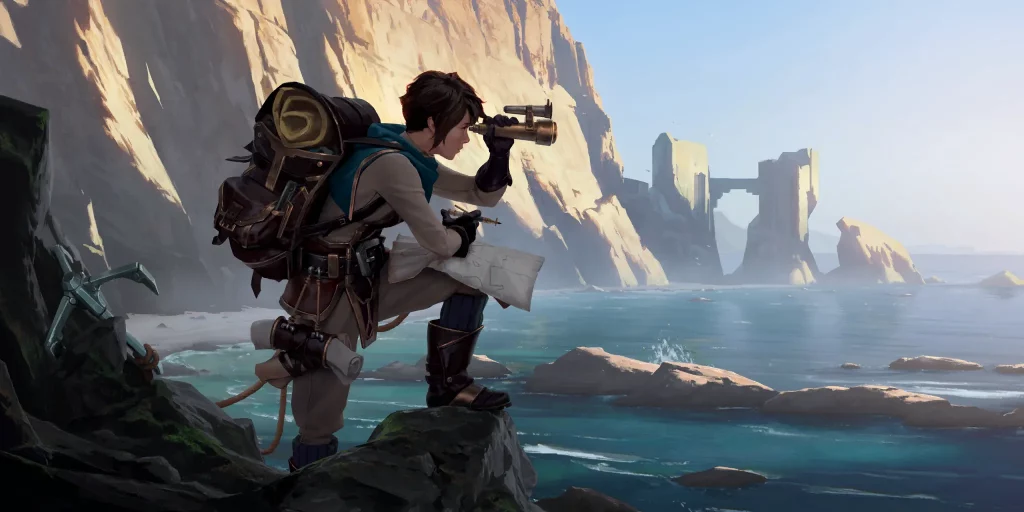
We’re already 24 cards in, and we have a nice and solid body for the Aphelios Zoe
Zoe concept!
concept!
That’s the easy part, though; it gets tougher from now on.
We know the meta is centering itself around champions, and a lot of them are also early drops, but we’re Targon!
One of Targon’s historic flaws has been their inability to remove champions, so we'll need to search for the tools we need in other regions.
Vengeance in Shadow Isles is too slow.
in Shadow Isles is too slow.
Noxus, though, has Ravenous Flock that can combo with our Gravitum
that can combo with our Gravitum , Culling Strike
, Culling Strike to deal with opposing bombs and Noxian Guillotine
to deal with opposing bombs and Noxian Guillotine to deal with big bombs.
to deal with big bombs.
Now that we've decided to be a Flock deck, we should probably add Arachnoid Sentry too, since it’s an amazing tempo play!
too, since it’s an amazing tempo play!
We’re almost reaching the end of our build, aren’t we?
It’s already not even showing on the image anymore! Let’s take a look at another really important part of deck-building - our mana curve:
So far we’ve got a lot of three-cost cards (sadly we can’t grab Tri-beam Improbulator from PnZ) and not a whole lot of late game.
from PnZ) and not a whole lot of late game.
A low curve is preferred when playing both Zoe and Aphelios
and Aphelios , to have an easier time leveling Zoe and cycling Aphelios’ guns, but we still need some late-game cards to top our curve and act as actual finishers – we can’t rely on Starshaping
, to have an easier time leveling Zoe and cycling Aphelios’ guns, but we still need some late-game cards to top our curve and act as actual finishers – we can’t rely on Starshaping alone.
alone.
Now that we’ve decided on our second region, we can look into some of its options for finishers, and Noxus provides some great top-end with Captain Farron , for when we don’t draw or can’t cast our Starshaping
, for when we don’t draw or can’t cast our Starshaping .
.
Thirty nine cards in, we decide our final card is going to be Hush , to interact with the enemy board.
, to interact with the enemy board.
And here we go, a whole deck!

15 cards

25 cards
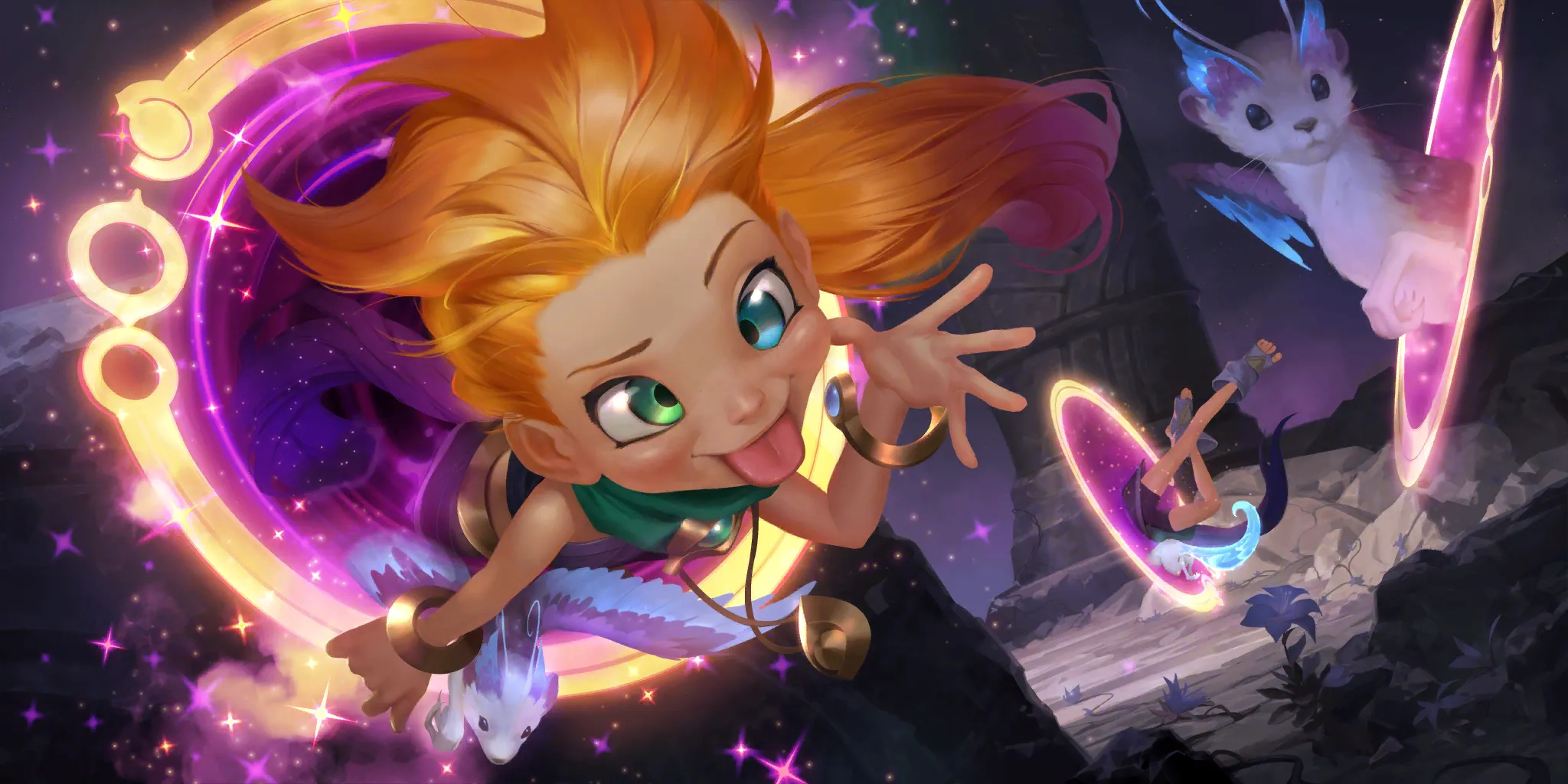
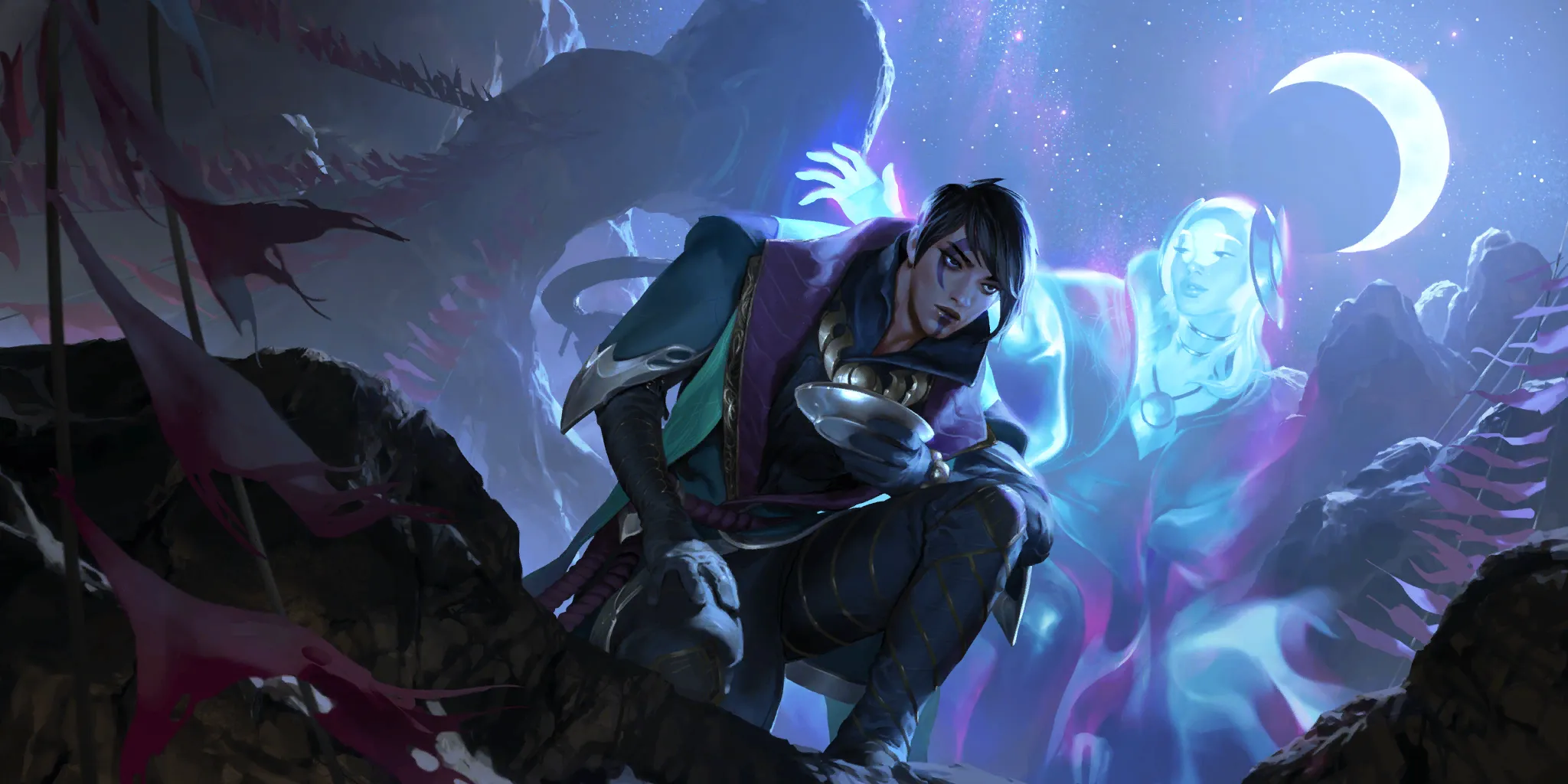
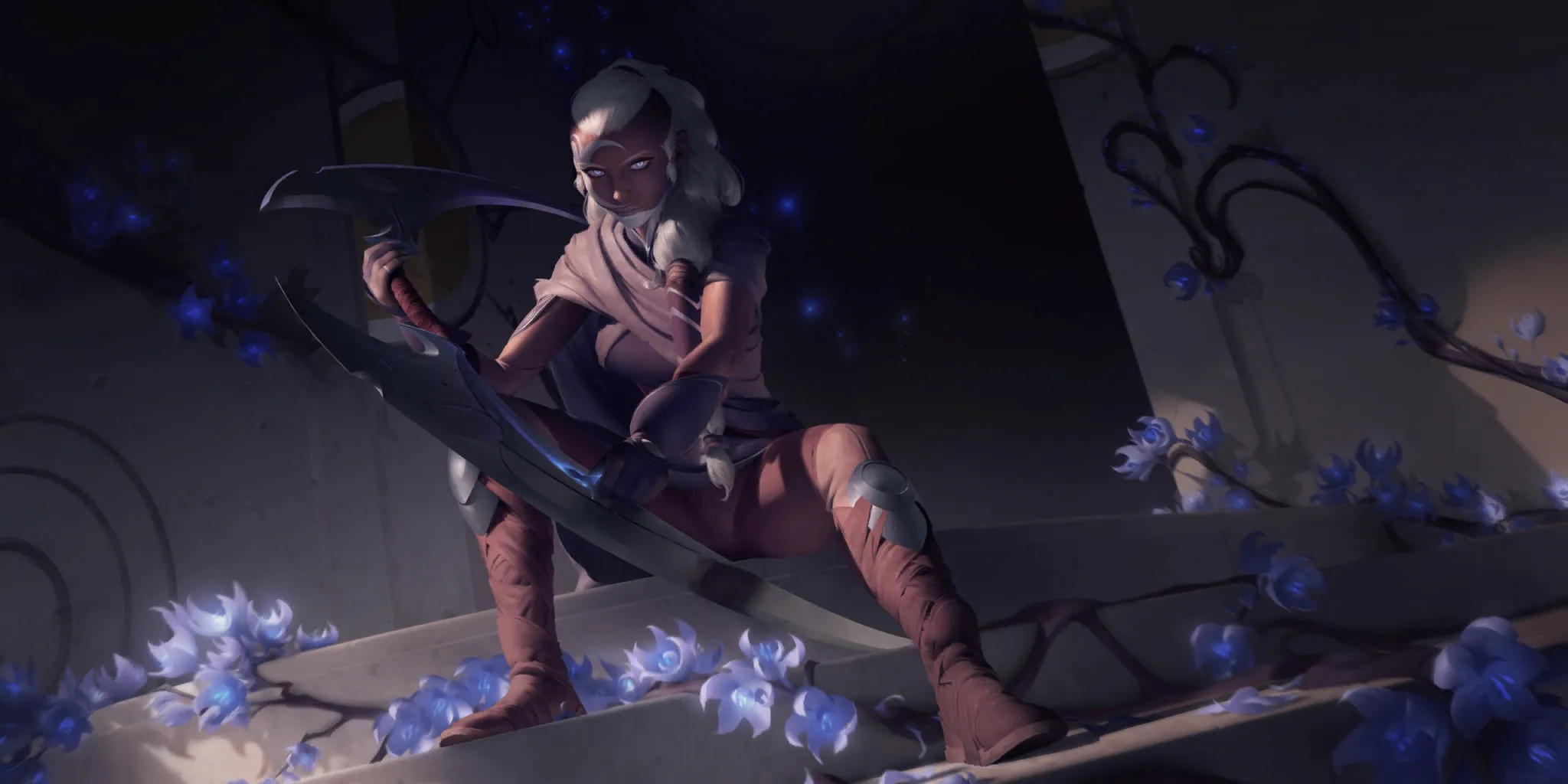

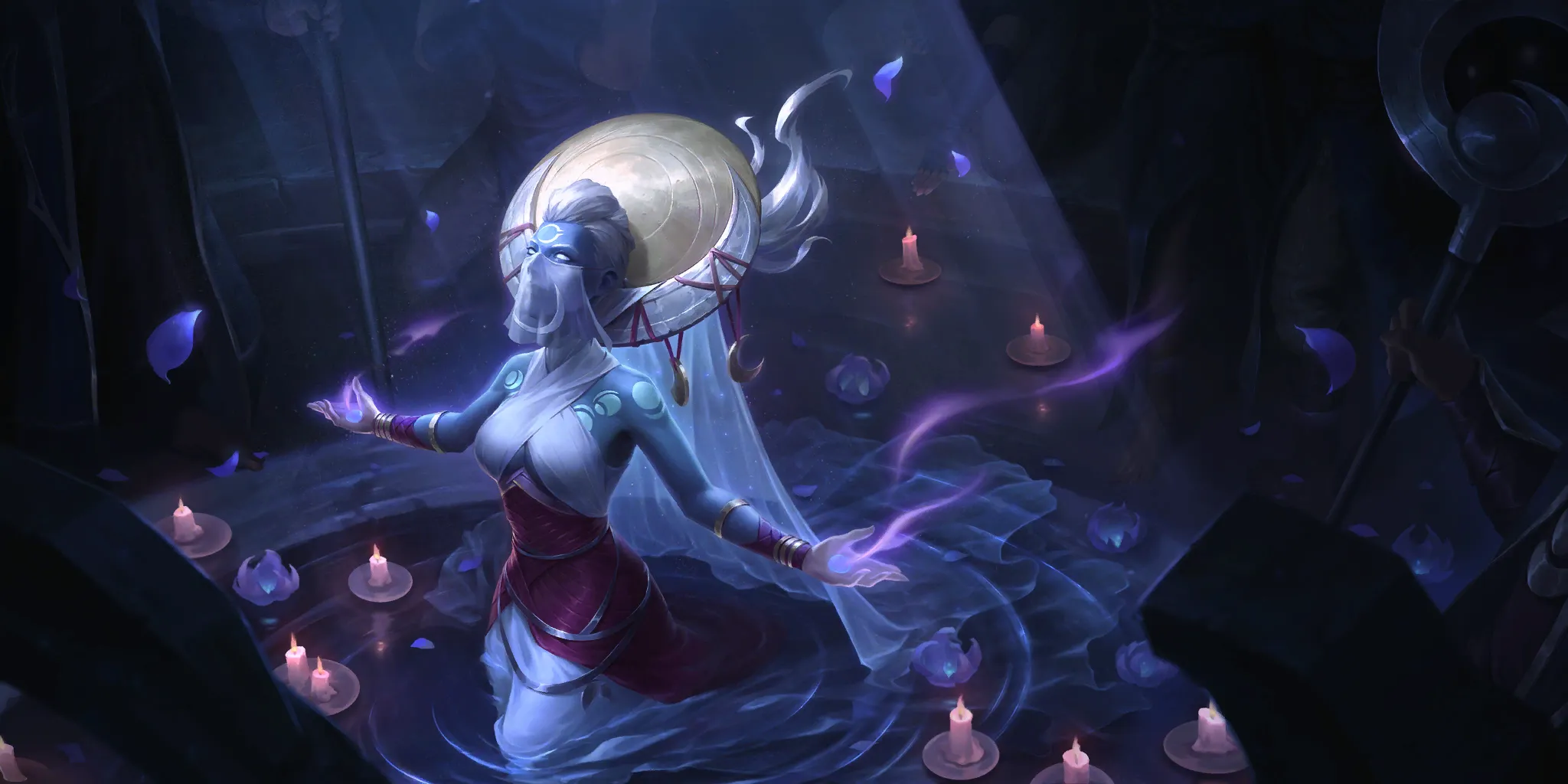
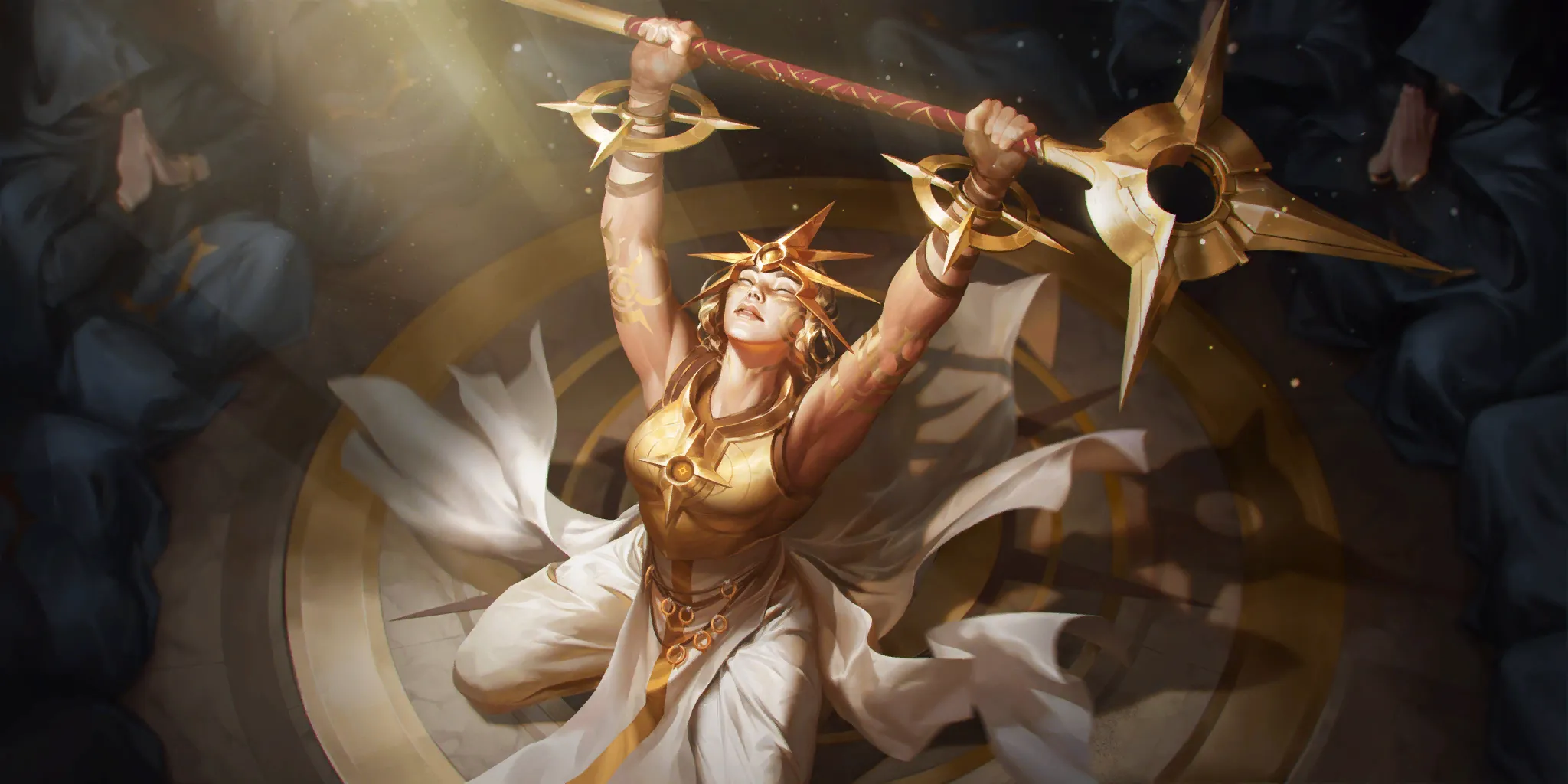

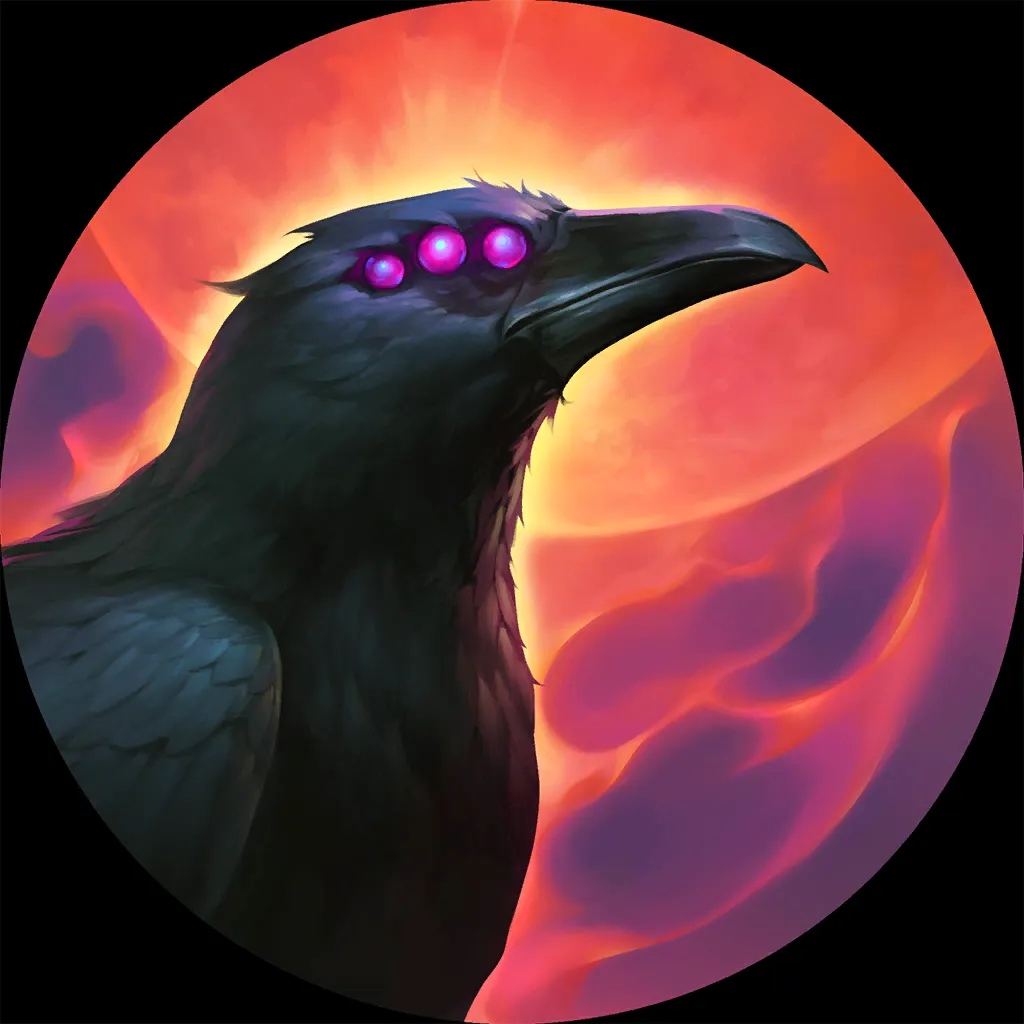
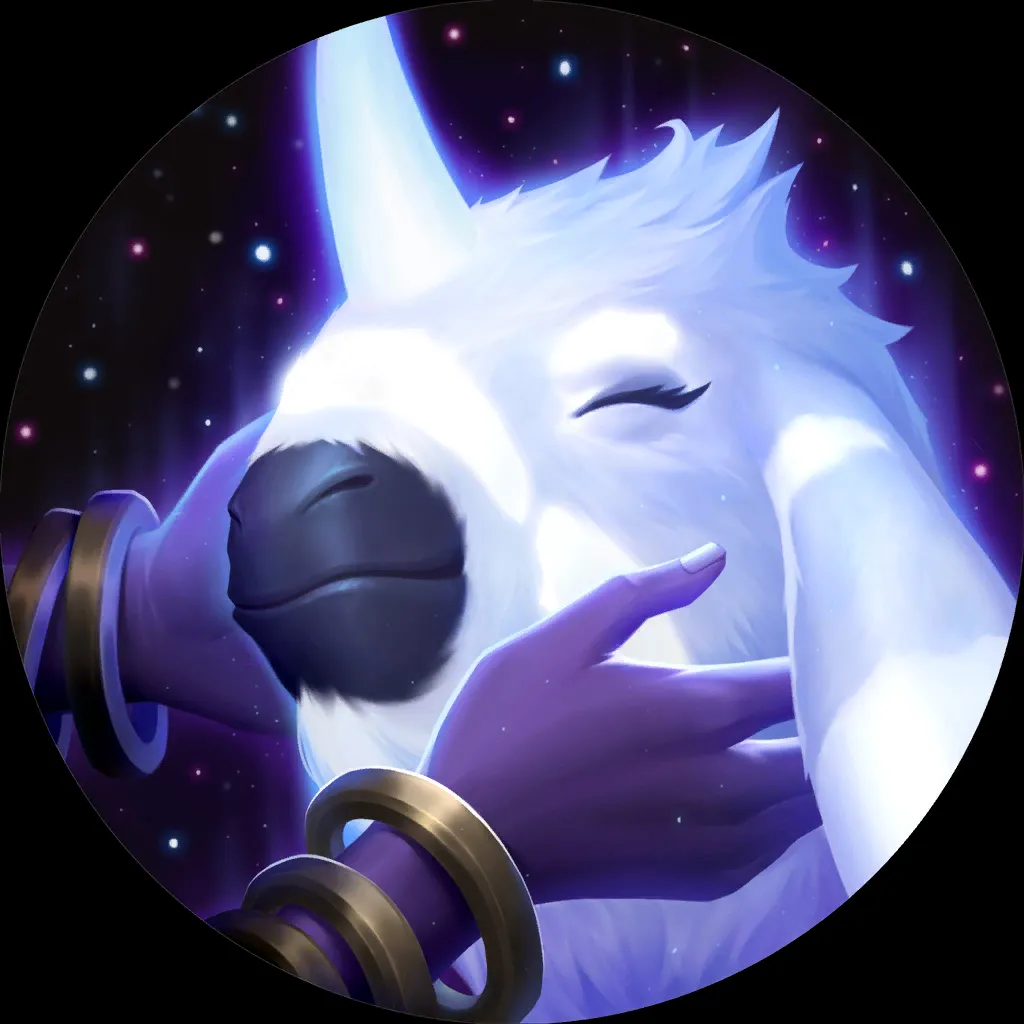


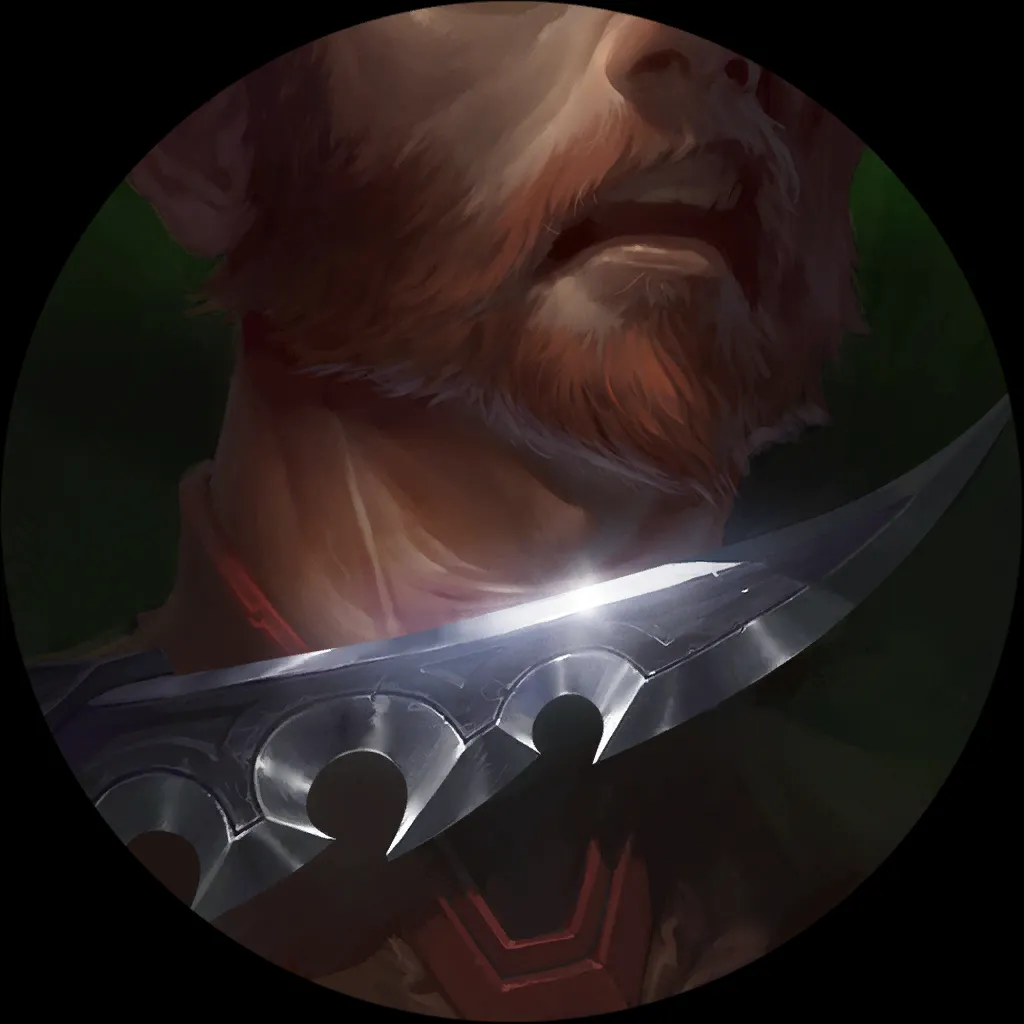
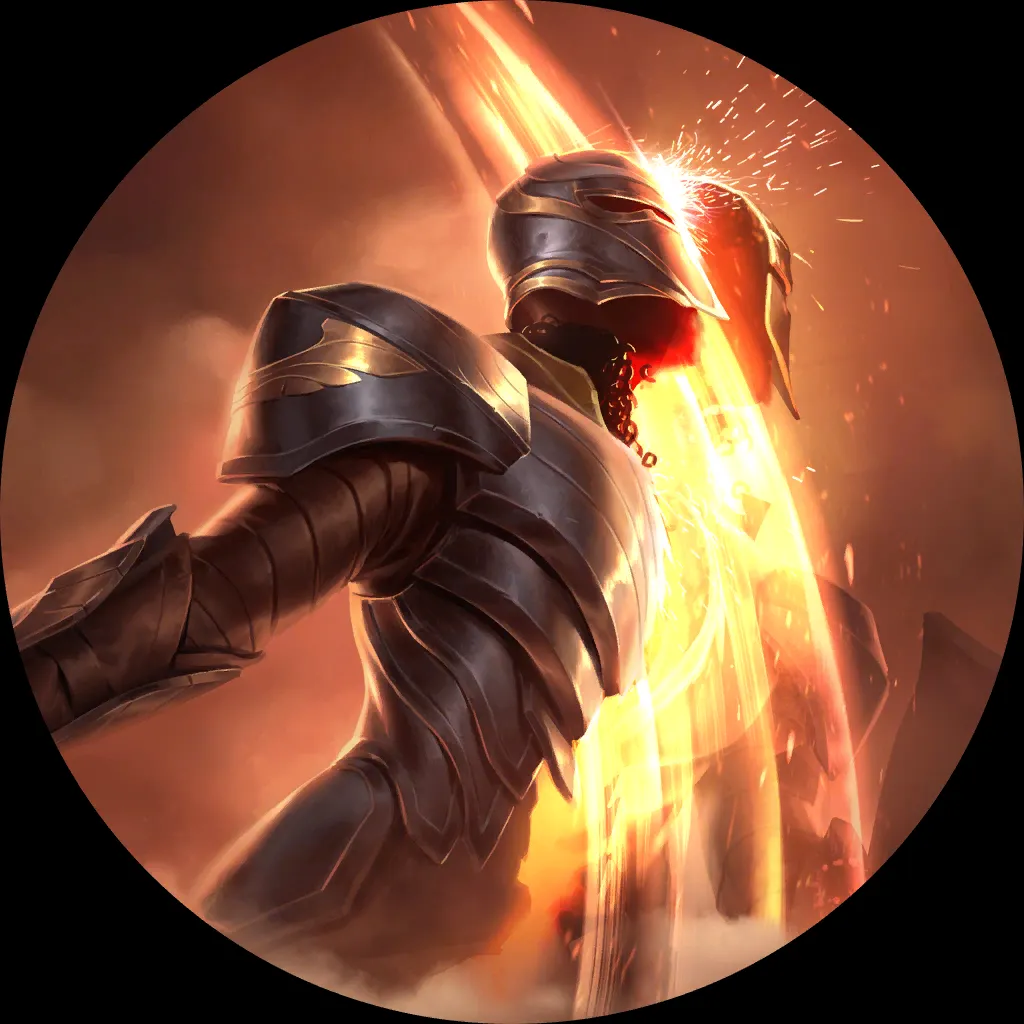
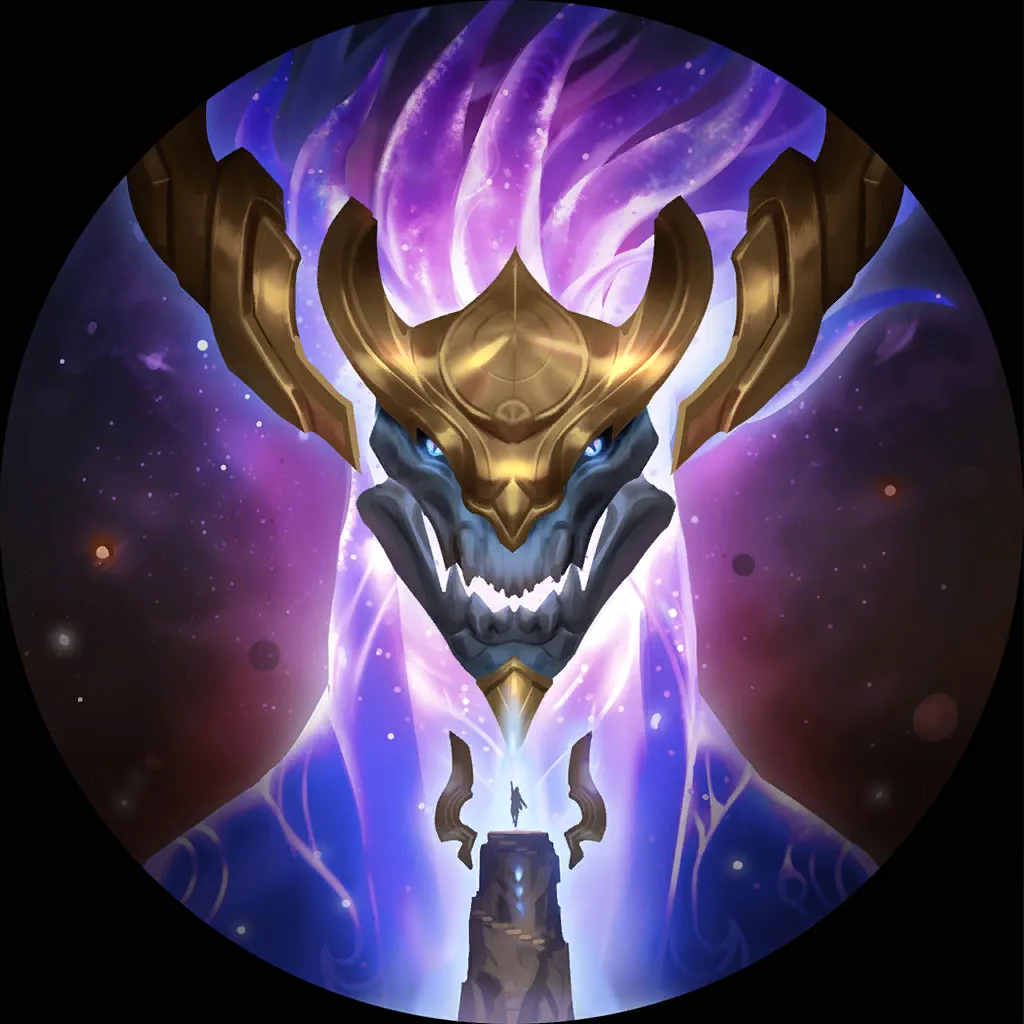
We have a deck, let’s play!
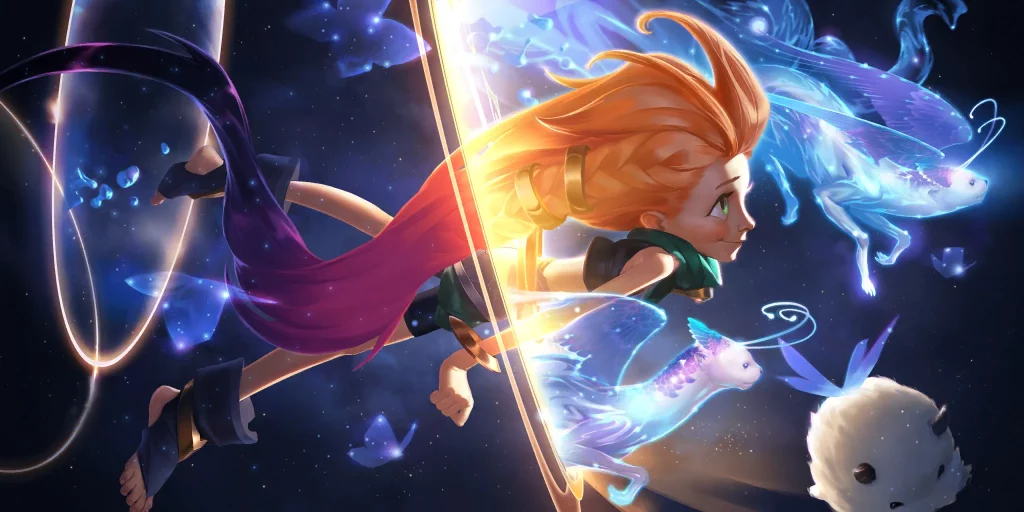
After a few games and learning the deck out, we can notice how consistent the deck is at doing things.
Now you need to be able to analyze when your deck is consistent at doing good and also bad things.
You play a few games and quickly find yourself with a lot of late-game bombs in your hand, but not enough rounds to play them!
You also find yourself with a lot of early-game cards that aren’t optimal when drawn together, so you decide after a bunch of playtesting that Captain Farron and Lunari Priestess
and Lunari Priestess need to be cut.
need to be cut.
We cut Farron because double-drawing him is oftentimes bad – you don’t have enough rounds to play both Farrons and all Decimate – and since we’re always kicking him out of the mulligan, we want to just eventually draw into him. Lowering to just two copies can be the correct play.
– and since we’re always kicking him out of the mulligan, we want to just eventually draw into him. Lowering to just two copies can be the correct play.
The same goes for Lunari Priestess – while she’s a good value-generating card, her pool is way bigger then Solari Priestess
– while she’s a good value-generating card, her pool is way bigger then Solari Priestess ’, and you want some early consistency, so since we’re also kicking her out of the mulligan for more consistent drops, we lower her to two copies.
’, and you want some early consistency, so since we’re also kicking her out of the mulligan for more consistent drops, we lower her to two copies.
Two new spaces for cards!
In our playtesting, we ended up running into a lot of Pantheon decks that generated big Saga Seeker
decks that generated big Saga Seeker s very consistently, and having to depend on Gravitum
s very consistently, and having to depend on Gravitum and Noxian Guillotine
and Noxian Guillotine wasn’t optimal. Since we want to develop our gameplan and save the big removal for Pantheon
wasn’t optimal. Since we want to develop our gameplan and save the big removal for Pantheon , we will add 2x Blinded Mystic
, we will add 2x Blinded Mystic to deal with pesky followers
to deal with pesky followers

14 cards

26 cards






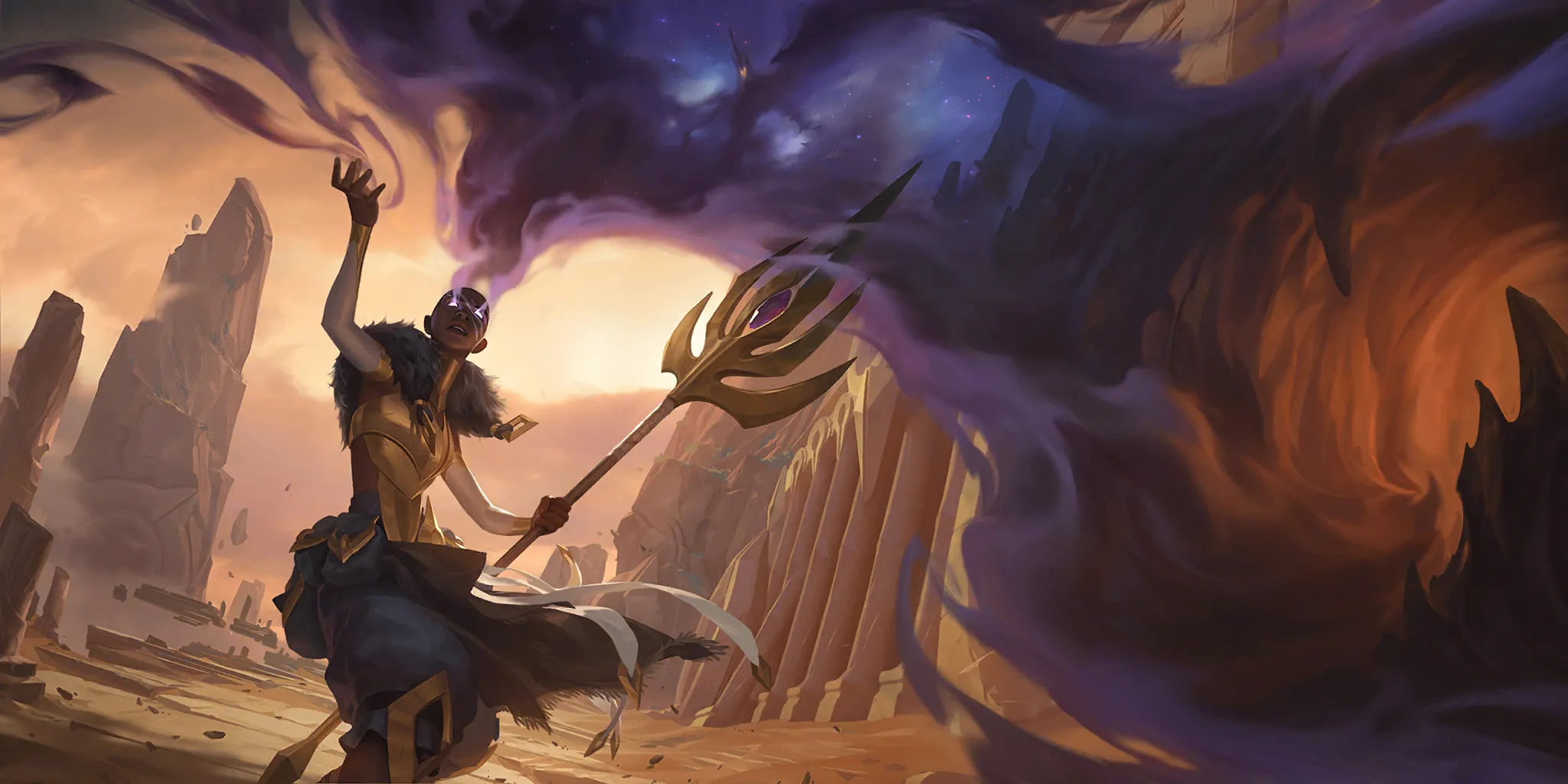








We’re starting to refine our deck! Let’s play some more!
After another round of playtesting, we noticed our win rate against follower-based decks to increase thanks to our changes, and we didn’t run into clogged Captain Farron hands anymore – he was a bomb when he needed to be – so the Farron change was definitely correct and the Blinded Mystic
hands anymore – he was a bomb when he needed to be – so the Farron change was definitely correct and the Blinded Mystic came to stay!
came to stay!
After another round of testing, we found ourselves struggling to deal with the amount of removal and generated cards we had for the low amount of mana, and some tokens like Duskbringer’s Duskpetal Dust were staying in our hands forever once we got rid of that one Lunari Priestess.
were staying in our hands forever once we got rid of that one Lunari Priestess.
Maybe we can be more conservative with our removal spells and lower the amount we have?
After all, we do run into a lot of generated Falling Comet s and Supernova
s and Supernova s, therefore we trim Noxian Guillotine
s, therefore we trim Noxian Guillotine and Culling Strike
and Culling Strike to two copies, while adding Spacey Sketcher
to two copies, while adding Spacey Sketcher to get rid of cards that are useless in some matchups and reroll them into great celestial options – our deck is even more refined now.
to get rid of cards that are useless in some matchups and reroll them into great celestial options – our deck is even more refined now.

12 cards

28 cards



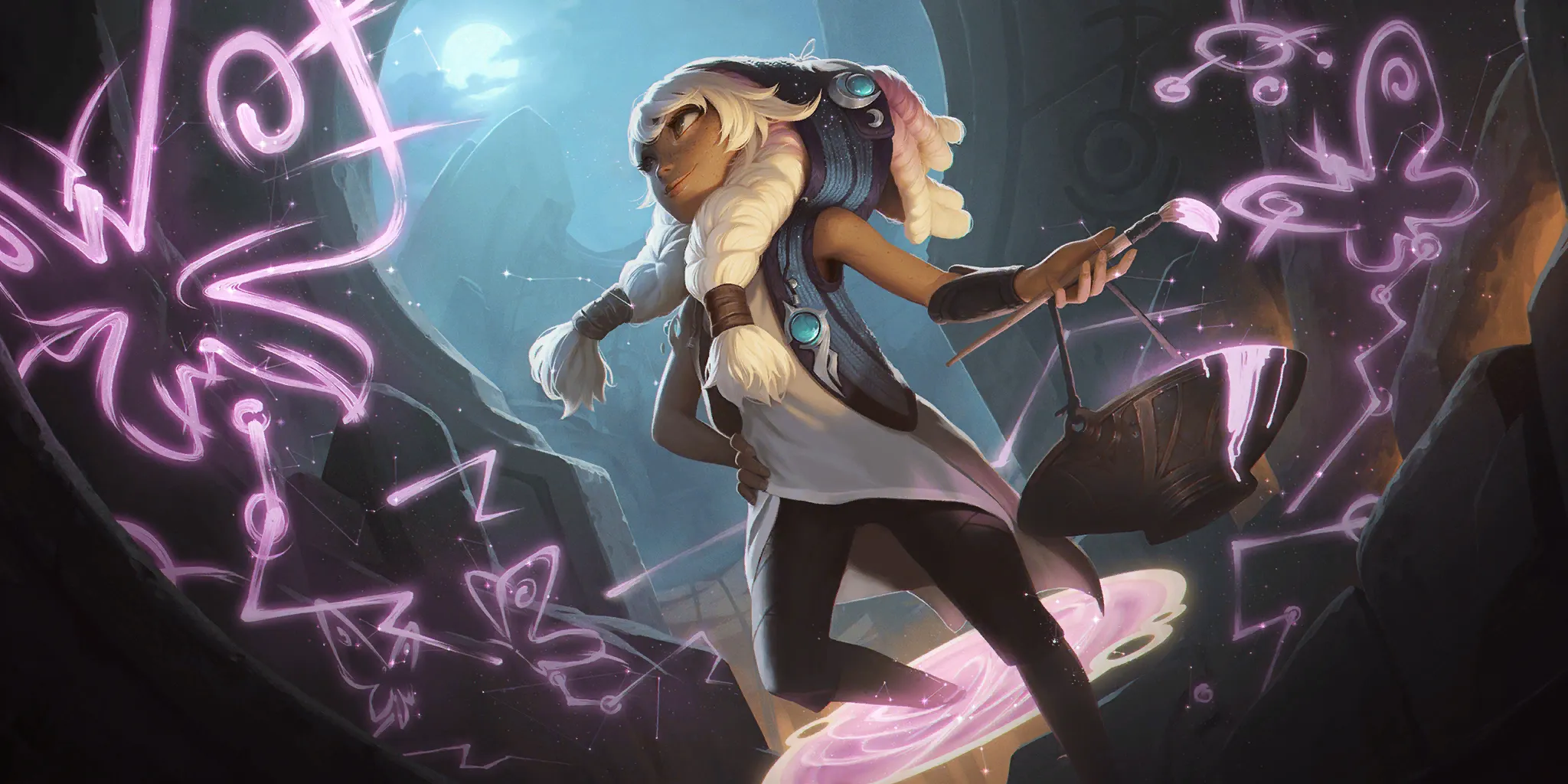












Let’s test some more!
After another big round of testing – this time we needed more games, since our list is already getting refined – we’ve found some problems into strategies that flood the board, and our Guiding Touch es felt kind of weird, because they would mostly be used at our Nexus.
es felt kind of weird, because they would mostly be used at our Nexus.
We think about it for some time and decide to throw away Guiding Touch entirely. It’s a great card in concept, but the meta we’re facing does not allow it, because we need some board presence to keep our Aphelios
entirely. It’s a great card in concept, but the meta we’re facing does not allow it, because we need some board presence to keep our Aphelios and Zoe
and Zoe nice and safe while still getting a hold of the board.
nice and safe while still getting a hold of the board.
We add 3x House Spider – it’s a really nice tempo play – and the 1/1 Spiderling
– it’s a really nice tempo play – and the 1/1 Spiderling can always threaten Ravenous Flock
can always threaten Ravenous Flock plays, so we don’t rely on our Gravitum
plays, so we don’t rely on our Gravitum and Arachnoid Sentry
and Arachnoid Sentry as much to activate it.
as much to activate it.
We also want more Spacey Sketcher , because they can be great tempo plays and nice blockers, giving us chances at Equinox
, because they can be great tempo plays and nice blockers, giving us chances at Equinox for high-impact followers, and The Messenger
for high-impact followers, and The Messenger for regaining value, as well as The Trickster
for regaining value, as well as The Trickster to start racing our opponents down.
to start racing our opponents down.
Overall, Spacey Sketcher has felt super good and consistent compared to cards like Lunari Priestess
has felt super good and consistent compared to cards like Lunari Priestess , so we cut another Priestess for our third Sketcher.
, so we cut another Priestess for our third Sketcher.
Our deck feels completely refined now.

15 cards

25 cards




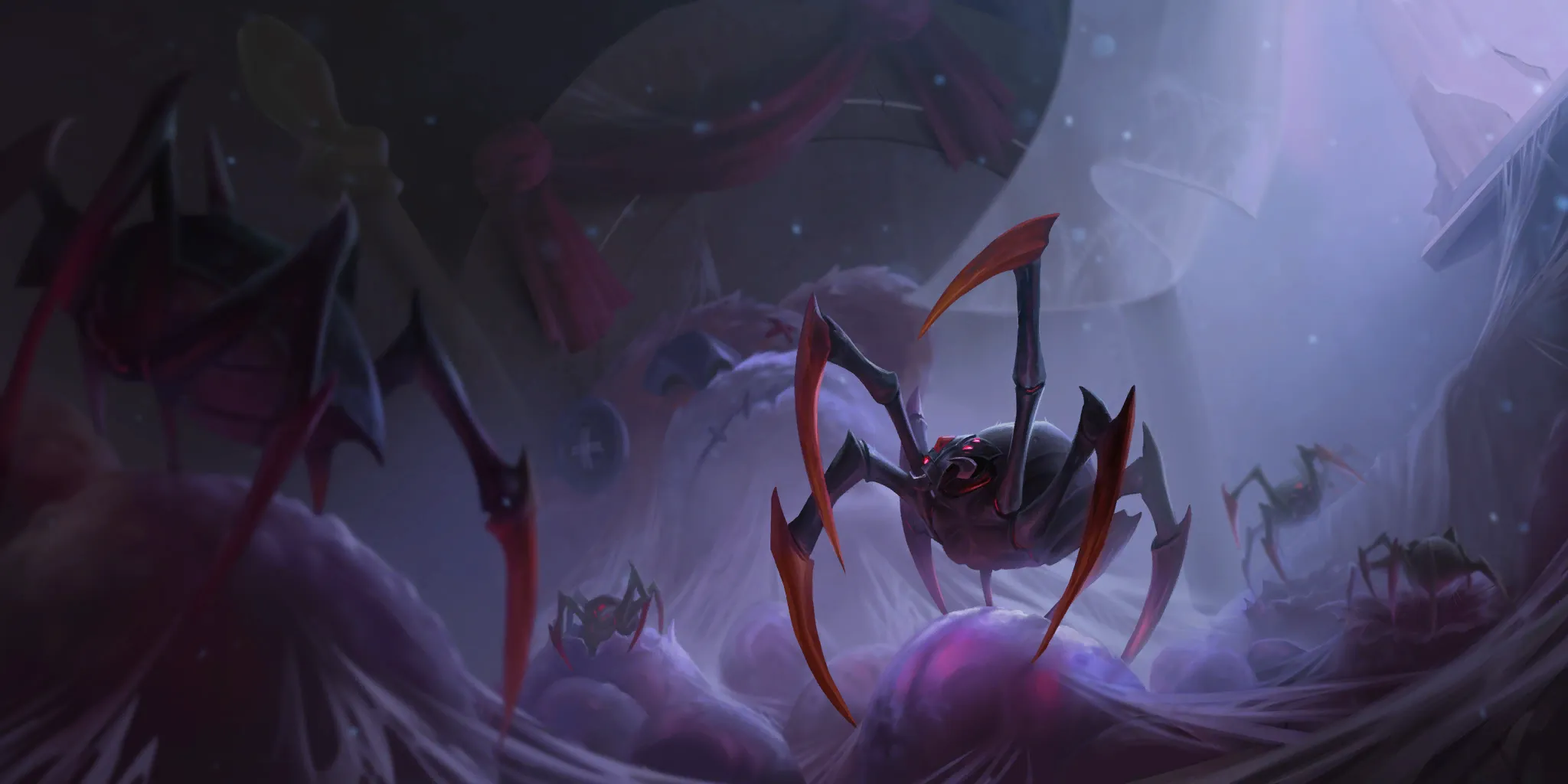











This was a ride! We took a concept and refined it, gaining some LP in the process – now it’s time to post the deck code and feel good about ourselves. =)
Good job!
When to go for three, two, one… or zero copies?
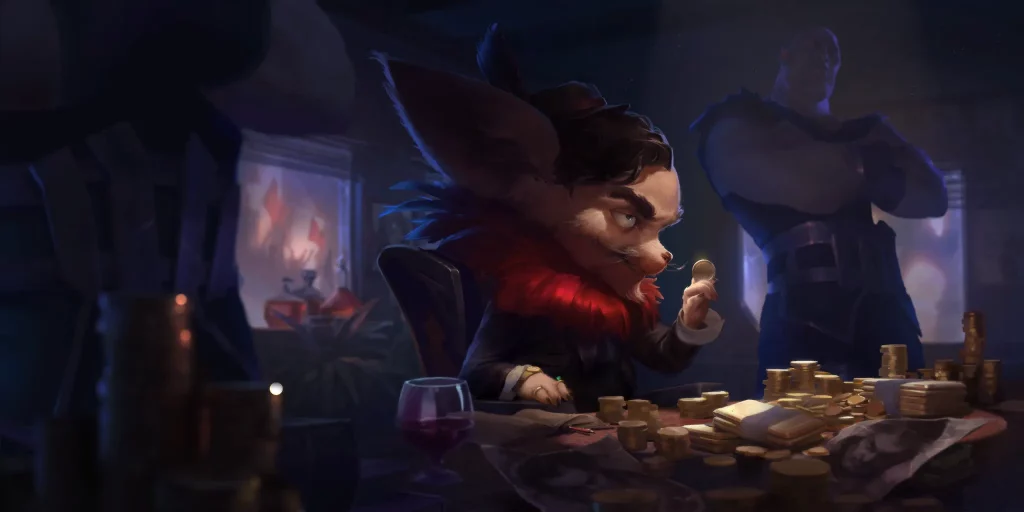
You might have noticed we started cutting cards left and right to make our deck more consistent at something, while not being less consistent at other things, always based on our general hand states and the current meta.
Cards like Blinded Mystic and Culling Strike
and Culling Strike are called “meta calls” because they deal with one specific situation, and you need that to be a very strong effect to have.
are called “meta calls” because they deal with one specific situation, and you need that to be a very strong effect to have.
We were also really quick to go down to 2x Captain Farron , as our late-game finishers don’t need to be drawn until their respective round. Going down to two copies doesn’t decrease the consistency of you drawing one of them on curve (we have eight rounds to draw our finisher), but it does decrease the consistency of you double- or triple-drawing it!
, as our late-game finishers don’t need to be drawn until their respective round. Going down to two copies doesn’t decrease the consistency of you drawing one of them on curve (we have eight rounds to draw our finisher), but it does decrease the consistency of you double- or triple-drawing it!
Really think about cards you don’t want to see multiple copies of in your hand, and ask yourself if the third copy should be cut. This is more true as the mana cost goes up.
Whenever you’re debating with yourself about cutting some amount of copies of a card for another, you should play out the scenarios where you have each card in your head. If you reach a point where “this second House Spider could be a Solari Sunhawk
could be a Solari Sunhawk ,” don’t be afraid to try 2x House Spider and 1x Solari Sunhawk!
,” don’t be afraid to try 2x House Spider and 1x Solari Sunhawk!
The key here is to playtest – a lot.
You need to feel your deck and respond to how it feels compared to how you want it to feel.
Do you need to draw more than one copy of a card?
Make it a three-of.
Do you want to not double-draw it?
Make it a two-of.
Look at the meta and see how your build adapts into it. Think about the pocket meta you’re facing in a particular play session and find ways your deck could defeat that pool of specific decks.
In Closing
Alright! I think that’s it for today – I hope these examples of how to start a deck, build the concept and refine it were helpful for you, and you can apply the same logic into your own future builds.
Keep in mind though, this is a learning how to learn series – so try to understand (and playtest!) the concepts rather than focusing on the specific example. The logic behind each decision is the important part.
As always, thank you so much if you’ve made it this far into today’s article and make sure to hit me up on twitter (@yangzera) or discord (Yang#4481) for any questions or ideas on future strategy articles. You can also catch me live on twitch (/yangzera_) where I stream some gameplay. I will probably be speaking in portuguese, but don’t be afraid to communicate in english, I can speak it fluently! Thank you so much for reading and I’ll see you all next week.
